
Few cinematic vehicles have been as memorable as the eerie, black car featured in the 1977 horror film “The Car.” In this exploration, we’ll delve into the origins, specifications, and eventual fate of this famous automobile, as well as its impact on pop culture and the automotive industry.
Background of “The Car” in the 1977 Film
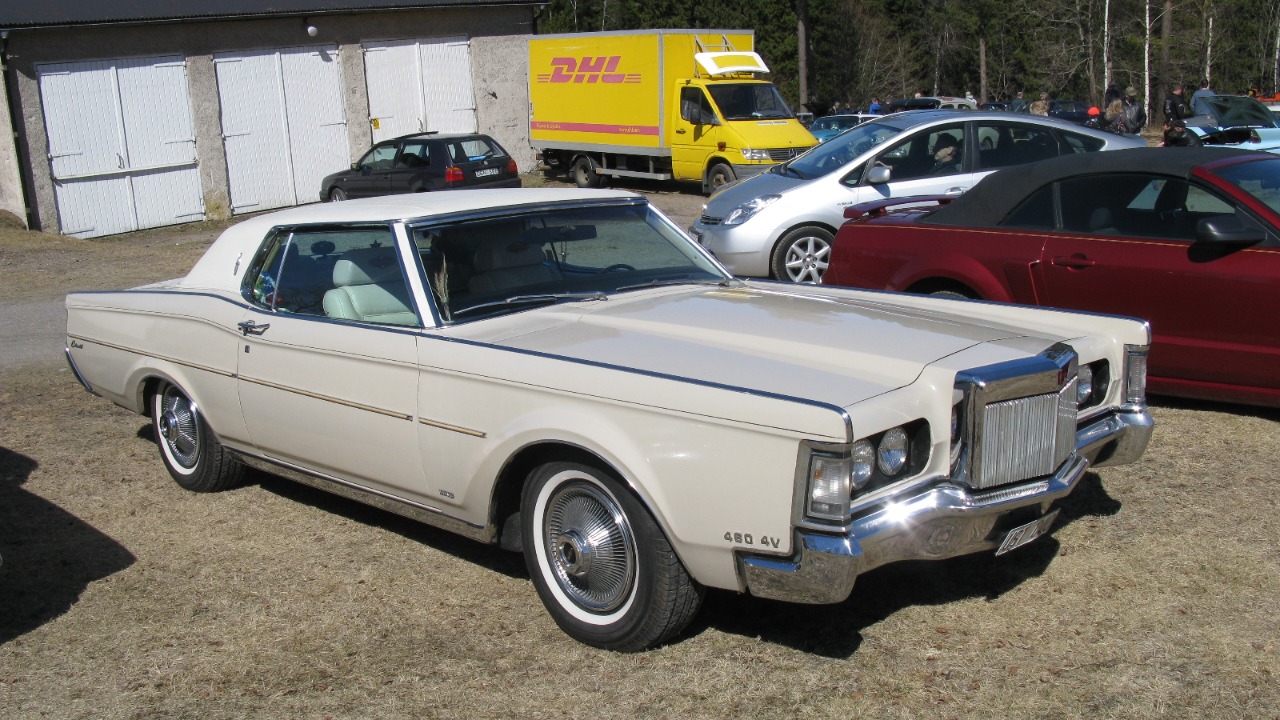
The Car was not just a vehicle but a character in its own right in the film. The vehicle’s imposing presence and sinister aura made it a significant player in the narrative. The choice of make and model was crucial to creating this effect, and the filmmakers settled on a car that was both visually striking and capable of being modified to match the film’s dark tone.
The 1977 film production team chose the Lincoln Continental Mark III for its unique appearance and the potential it offered for customization. The Continental’s luxurious and imposing aesthetic was transformed into something menacing on screen, with significant modifications made to its bodywork and overall design.
The Make and Model of The Car
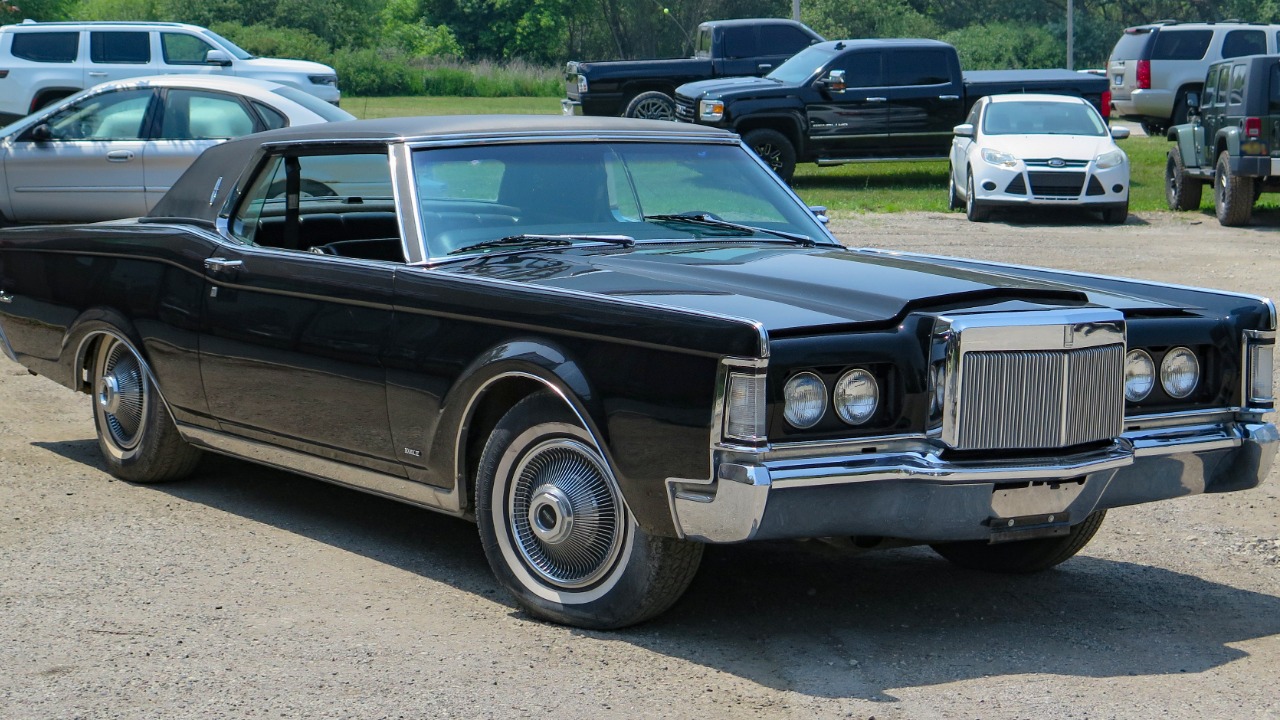
The Car was a heavily customized version of the Lincoln Continental Mark III, a luxurious car known for its sleek design and powerful performance. The decision to use this specific model was due to its unique lines and features, which lent themselves well to the modifications required for the film’s menacing character.
Extensive modifications were made to the Lincoln Continental to transform it into The Car. The headlights were made more prominent, the front grill was redesigned to look more aggressive, and the overall body was lowered and extended. These changes contributed to creating a vehicle that was both foreboding and unforgettable.
The Fate of The Car Post-Filming
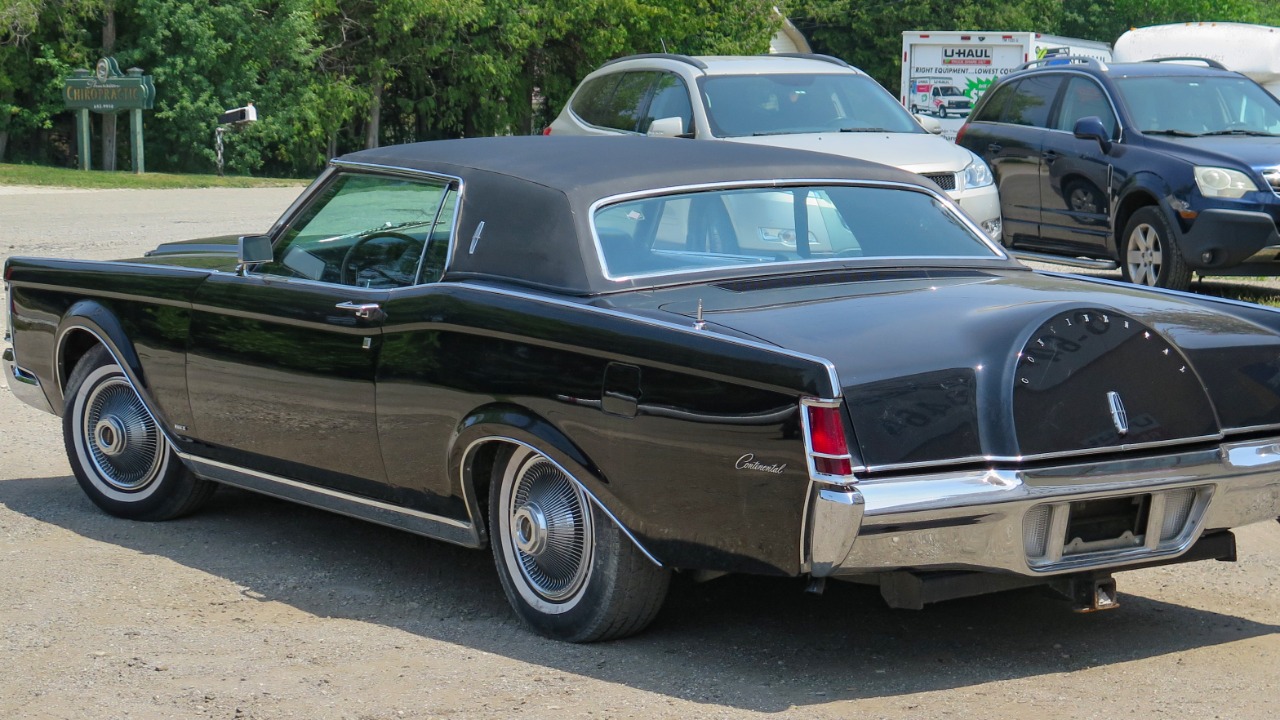
After the film’s completion, the fate of the four versions of The Car created for the movie was largely unknown. Reports suggest that three of the cars were destroyed during the filming process, leaving just one surviving example.
The remaining version of The Car is still in existence today and can be seen at various car shows and horror film conventions. This surviving piece of cinema history stands as a testament to the ingenuity and creativity of the film’s production team and the enduring appeal of the movie itself.
The Car’s Legacy and Impact on Pop Culture
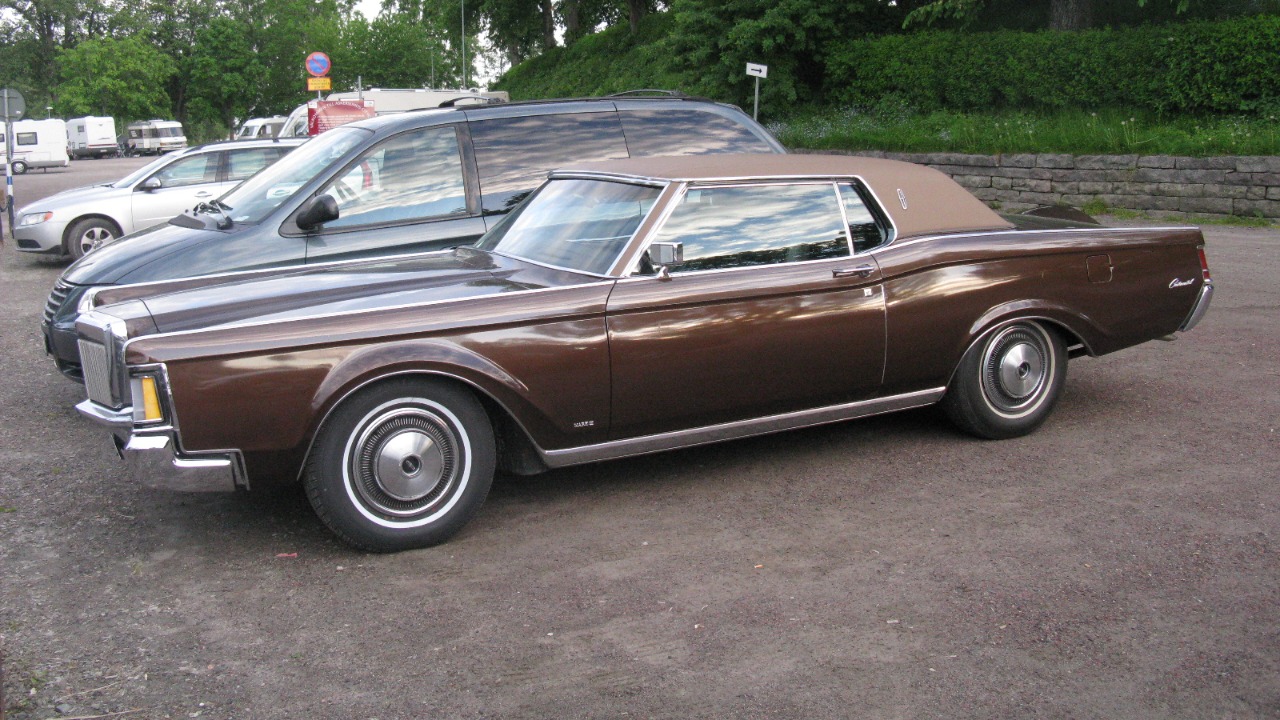
The Car has left a significant imprint on pop culture, particularly among horror movie fans and car enthusiasts. Its menacing appearance and role in the film have made it a cult classic, and it has since appeared in various other media, from comic books to video games.
The Car’s influence extends beyond the silver screen. It played a major role in popularizing the ‘killer car’ genre, paving the way for films like Christine and Maximum Overdrive. Its iconic status continues to inspire filmmakers and car designers alike, demonstrating the enduring impact of this unique vehicle.
The Car’s Influence on Automobile Design and Ecology
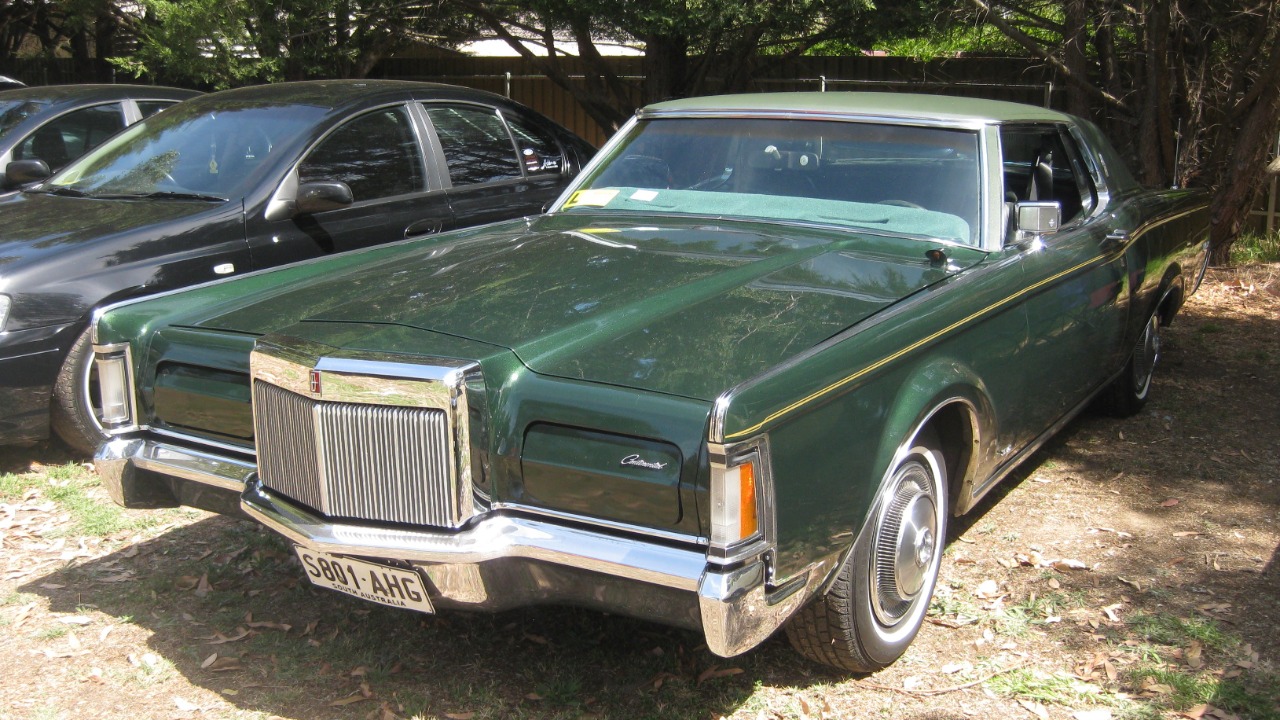
The Car’s distinctive design and on-screen presence have had a significant impact on automobile design, particularly for vehicles used in films and television. Its aggressive lines, unique modifications, and dark aesthetic have influenced the design of cinematic vehicles, reflecting the enduring appeal of The Car’s design.
However, it’s also essential to consider the ecological implications of the automotive industry and where The Car fits into this broader conversation. As detailed in The Ecology of the Automobile, vehicles like The Car represent a complex relationship between society, technology, and the environment. The Car, with its large size and powerful engine, exemplifies the high-consumption model of automobile production and use prevalent in the 1970s, a topic that has become increasingly relevant in discussions about environmental sustainability and car culture.